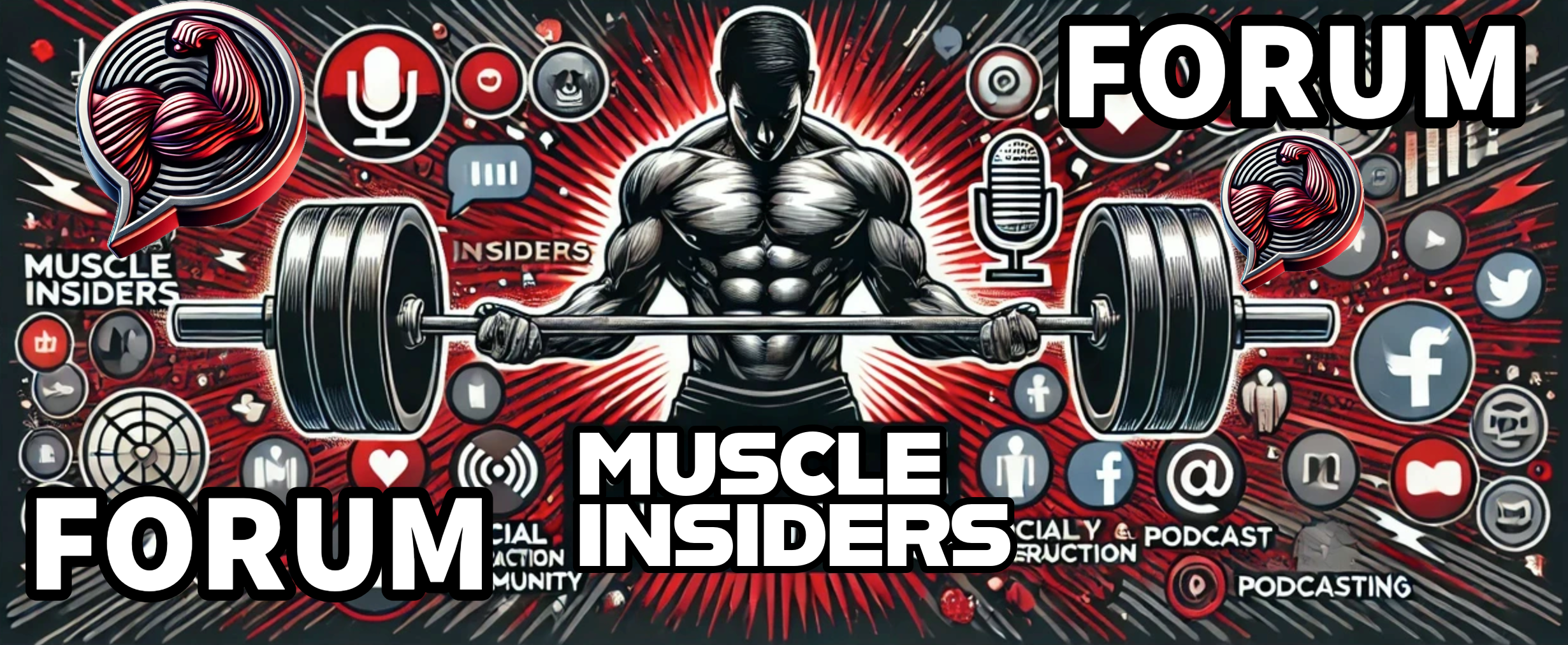The Morning Dose #68: Pramiracetam vs Phenylpiracetam, Creatine HCL vs Monohydrate, and Essential Guide to SARMs

Welcome to The Morning Dose, your one-stop shop for all things peptides, TRT, fitness, anti-aging, and everything in between.
Pour your morning coffee and lock in for this week’s groundbreaking news and rearch from the world of science-based biohacking, TRT, peptides and anti-aging.
In this week’s edition of The Morning Dose:
 Pramiracetam vs Phenylpiracetam
Pramiracetam vs Phenylpiracetam
 Creatine HCL vs. Monohydrate
Creatine HCL vs. Monohydrate
 Essential Guide to SARMs
Essential Guide to SARMs
Let’s inject this.
 First time reading? I’m James, and this is The Morning Dose. Every week, our team scours hundreds of sources to bring you need-to-know news and insights you won’t find elsewhere. All in 5 minutes.
First time reading? I’m James, and this is The Morning Dose. Every week, our team scours hundreds of sources to bring you need-to-know news and insights you won’t find elsewhere. All in 5 minutes.
Did someone forward you this email? Sign up here.
 Pramiracetam vs. Phenylpiracetam
Pramiracetam vs. Phenylpiracetam
This guide provides an in-depth comparison of Pramiracetam and Phenylpiracetam, two highly popular racetams in the nootropic world. Learn how each compound impacts focus, memory, and mental clarity, and discover which may be better suited for your research.
What’s Inside:
 Cognitive Enhancement: Find out how Pramiracetam and Phenylpiracetam work to improve focus, memory retention, and mental clarity.
Cognitive Enhancement: Find out how Pramiracetam and Phenylpiracetam work to improve focus, memory retention, and mental clarity.
 Energy & Motivation: Learn how each racetam influences mood and motivation, making them ideal for supporting studies in productivity and energy levels.
Energy & Motivation: Learn how each racetam influences mood and motivation, making them ideal for supporting studies in productivity and energy levels.
 Physical Stamina: Understand Phenylpiracetam’s unique benefits for physical endurance and its potential applications in athletic performance.
Physical Stamina: Understand Phenylpiracetam’s unique benefits for physical endurance and its potential applications in athletic performance.
 Dosage & Safety: Key guidelines on effective dosages, safety tips, and possible side effects to consider in research applications.
Dosage & Safety: Key guidelines on effective dosages, safety tips, and possible side effects to consider in research applications.
 Which to Choose?: A comparison of the two racetams, helping you decide which compound may be best for different cognitive or physical performance research needs.
Which to Choose?: A comparison of the two racetams, helping you decide which compound may be best for different cognitive or physical performance research needs.
Curious about which racetam could enhance your research focus? Read the full review here!
 Creatine HCL vs. Monohydrate
Creatine HCL vs. Monohydrate
This article provides an in-depth comparison of Creatine HCL and Creatine Monohydrate, two top choices in the world of fitness supplements. Both forms offer unique benefits for enhancing strength, endurance, and muscle growth, but understanding their differences can help you select the one that best aligns with your fitness objectives.
Creatine HCL and Monohydrate differ in terms of absorption rate, solubility, and potential for water retention. This guide explains how these factors impact effectiveness and the overall user experience, providing clear insights to aid in your decision-making process.
Key highlights include:
Performance Boost: Both forms support increased strength, power, and endurance, essential for high-intensity training.
Absorption & Solubility: Creatine HCL is more water-soluble, potentially leading to quicker absorption and less bloating compared to Monohydrate.
Bloating & Water Retention: Monohydrate may cause slight water retention, while HCL is often favored for its minimal bloating effects.
Dosage & Safety: Detailed recommendations for optimal dosing and safety considerations for both forms of creatine.
Whether you’re new to creatine or a long-time user, this guide provides essential information to help you decide which form will best fuel your fitness journey. Ready to choose your creatine? Read the full guide here!
 Essential Guide to SARMs
Essential Guide to SARMs
This guide dives deep into Selective Androgen Receptor Modulators (SARMs), compounds renowned for their ability to selectively target muscle and bone tissue. Unlike traditional anabolic agents, SARMs are designed to bind specifically to androgen receptors in these areas, promoting muscle growth and enhancing bone density while minimizing unwanted side effects.
SARMs are gaining popularity for their potential to support muscle preservation, accelerate fat loss, and improve overall athletic performance. This guide explores how SARMs work and highlights their unique mechanisms that make them a compelling option in fitness and health research.
Different types of SARMs, such as Ostarine, Ligandrol, and RAD-140, each offer distinct benefits and applications, catering to various goals in muscle building and body composition. This comprehensive guide explains these differences, helping you understand which SARMs may best align with your research objectives. Additionally, the guide covers essential insights into recommended dosages, potential side effects, and safety considerations for SARMs use in research settings.
Whether you’re new to SARMs or looking to expand your understanding, this guide provides all the essential information to make informed decisions and harness the full potential of SARMs in your research journey. Ready to explore SARMs in depth? Read the full guide here!
Join Our Private Community
If you want to join a community of like-minded individuals, be sure to join our private Facebook group.
You’ll be able to ask your questions, get feedback from our head coach, Daniel Louwrens, and interact with other members of the Muscle and Brawn community.
-The Morning Dose
PS – Have questions or suggestions? Hit reply and let us know what you think.
Disclaimer: This content is NOT medical advice. The information included in these emails is intended for entertainment and informational purposes only.








